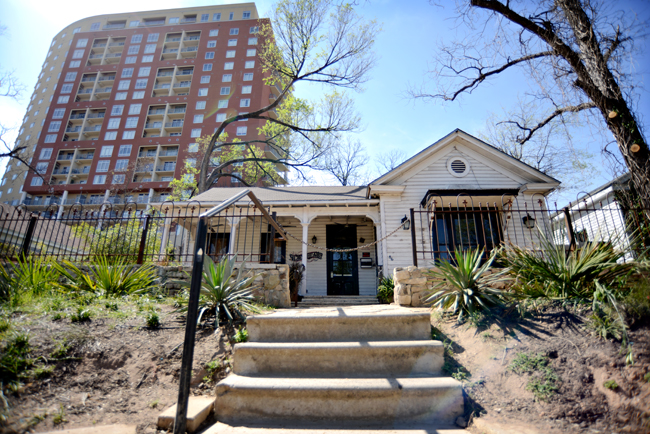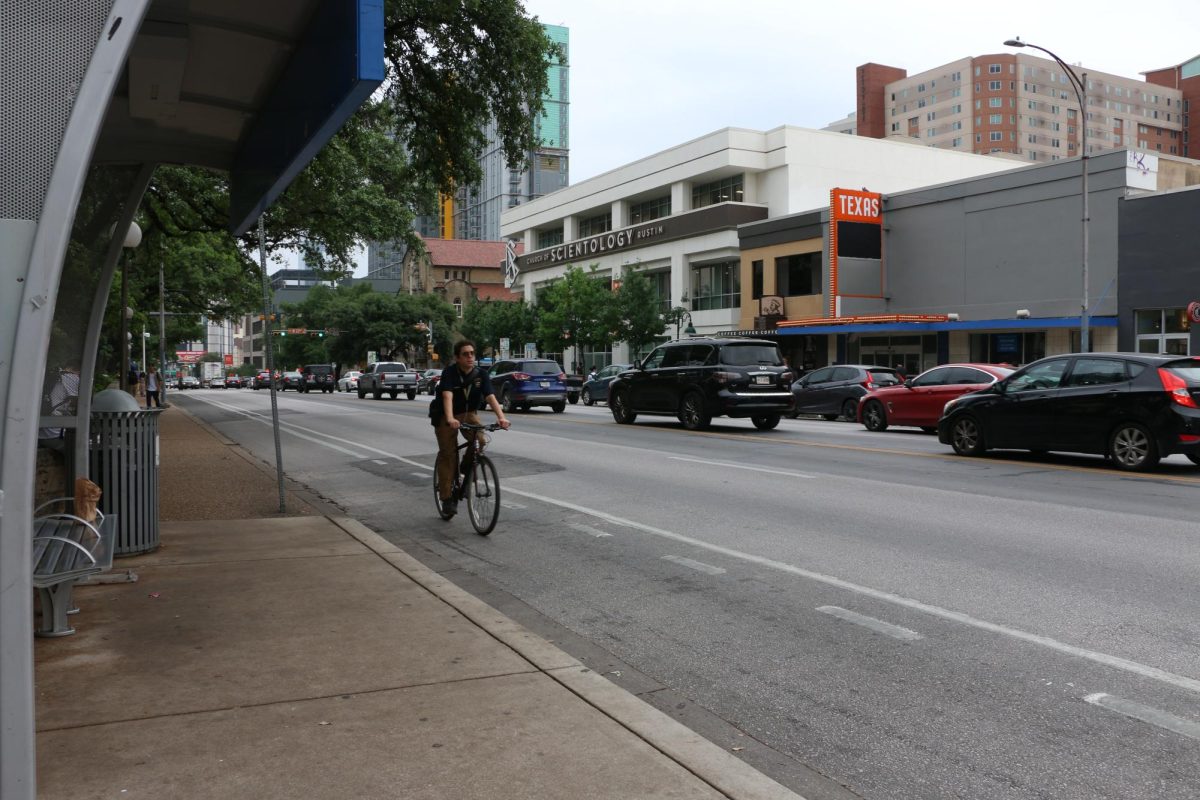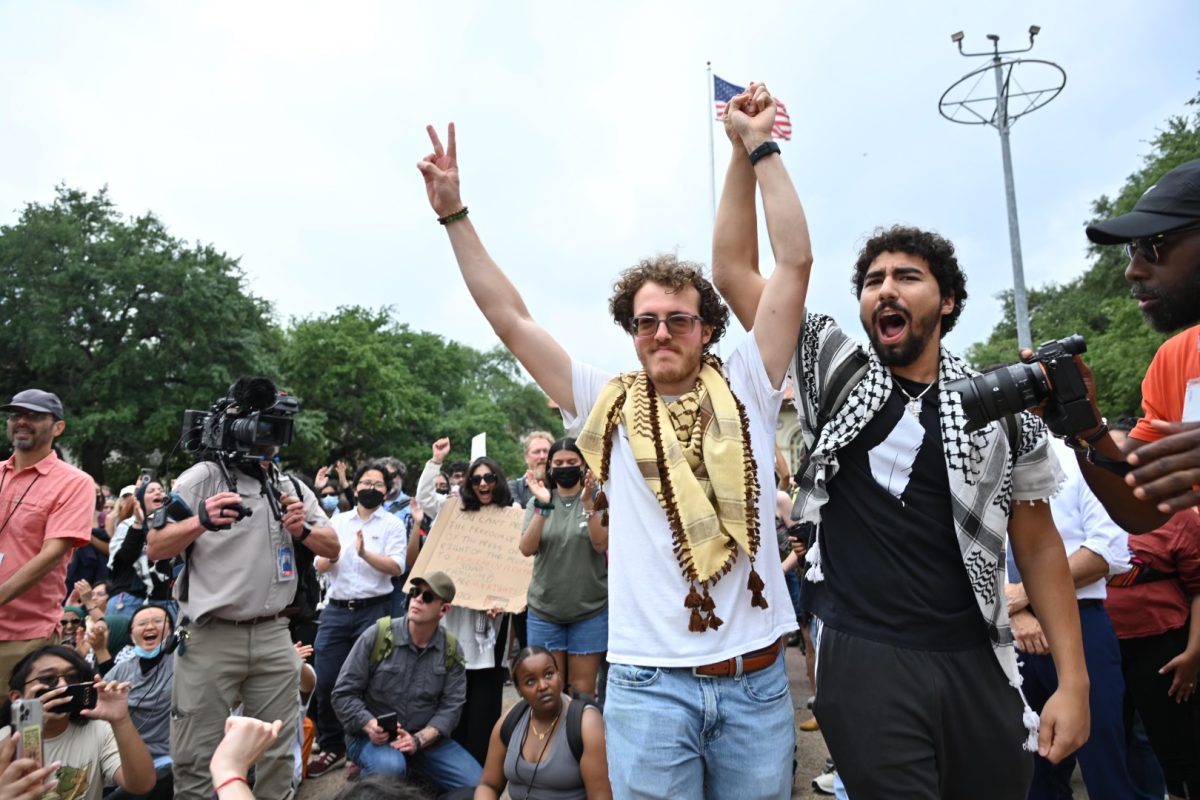The rapidly-developing Rainey Street may undergo an even more drastic face-lift because of an amendment that would allow developers in the area to relocate historical buildings to other parts of the city in lieu of demolishing them.
The city code currently allows relocation of historical buildings to other parts of the Rainey Street subdistrict, but not to other parts of the city. The code amendment, which was initiated by the Planning Commission, would extend this area to “location[s] within the city limits as determined appropriate by the Historic Landmark Commission,” according to the draft ordinance.
Steve Sadowsky, historical preservation officer in the Historical Preservation Office, said the amendment would simply expand the process for relocated buildings as a way to encourage developers not to demolish the buildings.
“The code change is just to make relocation an easier process,” Sadowsky said. “Basically what the code change would do is the [area] in which the houses could be relocated will be expanded. We’d much rather see relocation than demolition.”
Rainey Street is part of an area in southeast Austin known as one of the first Mexican-American neighborhoods in the city, said Juan Oyervides, board chairman for the Emma S. Barrientos Mexican American Cultural Center, or MACC. Oyervides spoke before City Council at their March 7 meeting, and said he suggested the council take more time to consider a comprehensive plan for the area before allowing developers to begin taking historical buildings out of
the neighborhood.
“The MACC and the Rainey Street neighborhood are inextricably linked, and I just don’t sense any direction for that neighborhood,” Oyervides said at the council meeting. “What I would like to suggest is some direction, and an organized effort to come up with a plan — maybe get some time to work on this and get the community involved.”
Paul Saldaña, a supporter of preserving Latino culture in the area, also spoke at the meeting. He said the low numbers of historical Latino sites should make the council cautious to begin developing the area right away. He also urged the council to take time to make a plan for preserving the culture of the neighborhood before taking action.
“I certainly respect the rights of the property owners on Rainey Street, but this area has much more significance other than just to the Rainey Street area,” Saldaña said at the meeting.
Margaret Hereford, historical preservation graduate student, said although it is better to relocate a building than demolish it, the original site of a building itself is a major contributor to its historical value.
“Having a high rise next to the other buildings says something about the historic integrity of that site,” Hereford said. “I know that my friends that have nothing to do with architecture or preservation love going to Rainey Street because it is different — it doesn’t feel like the rest of the big city.”





















